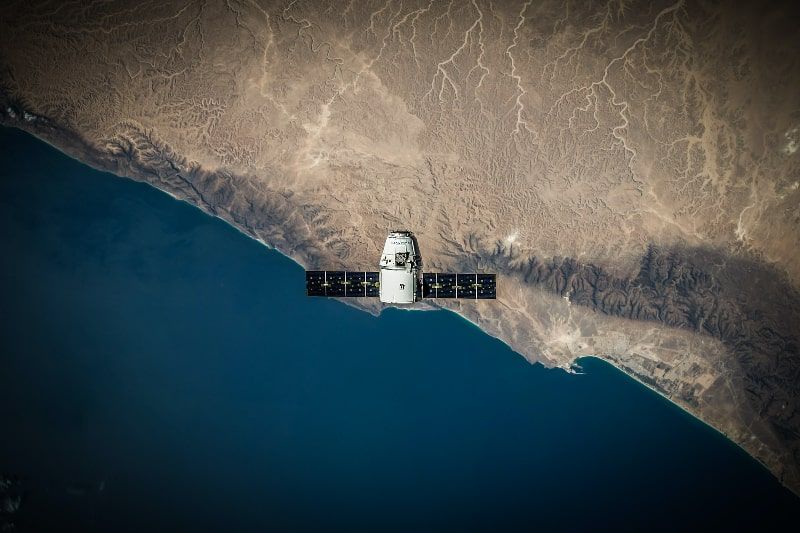Multidisciplinary and precise, the work on space projects
Once in space, we have only one chance to make it work. From the time the design begins until it culminates in the satellite, it can take ten years.

To work in the aerospace industry it is not only necessary to be an engineer since experts from all disciplines and nationalities implement missions that travel and discover new elements on Earth or other planets and their moons, agreed experts from the Austrian Space Research Institute.
They can be physicists, administrators, designers, mathematicians, mechanics, and laboratorians, because a great diversity of personnel is required for the development of equipment that leaves our planet and operates correctly, explained Martín Agú and Jorge Tonfat Seclen.
"It is very difficult to get the whole system to work the first time you connect it. Most likely some detail escapes, with so many connections, and that is why it is necessary to go through the whole process of creating models that are refined, refined, and refined. Little by little, we correct mistakes, or things that we thought we have to change, that methodology to design circuits is what guarantees us that this will work in space. Once in space, we only have one chance to make it work and we can't fix it," noted Tonfat Seclen.
During the talk "Who builds space missions?", organized by the Department of Space Sciences of the Institute of Geophysics and students of the Faculty of Sciences of the UNAM, the researchers from Peru and Argentina shared part of the work they do for missions, especially for the European Space Agency (ESA).
Jorge Tonfat Seclen, a Peruvian electronics engineer, said that as an expert in the effects of radiation on electronic circuits, he is currently designing computer equipment for the ESA projects PLATO, SMILE, and Comet Interceptor, all of which are expected to be sent into space in 2027 or 2028.
The first mission is a space telescope, whose goal is to characterize exoplanets; it is composed of 24 normal, fast cameras that form a network, "a single eye to observe space."
Specifically, it designs the Playload Electronics Panel, which is a circuit that controls the telescope's cameras, and the Router and Data Compressor Unit (RDCU), which will compress the data quickly and efficiently.
Specialists from different countries participate in this plan, each one developing a part of the satellite, which is then joined, assembled, and launched so that each of the circuits must undergo a series of tests to guarantee its correct operation.
In turn, Argentine Martín Agú has participated in the JUICE (ESA), Macao Science 1 (from the China Research Institute CNSA), and CSES2 (CNSA) projects, which are expected to be sent into space by the end of 2022. In addition, he is currently collaborating on ESA's LAGRANGE and ASPOC_NG.
"From the time you start a design until it reaches the satellite there are many things to do, it takes a long time, some take up to ten years, from the first design to the end. For example, the first thing is the electronic circuits on a 40 by 30-centimeter laboratory plate, the JUICE that will go to Jupiter in a journey of about nine years," said the graduate of the Technological University of Argentina.
In this case, Agú created a scalar magnetometer, that is, a device that uses a laser light beam to generate quantum photons that indicate the energy levels in the magnetic field, a project that began in 2012 and will be completed by the end of 2021.
The mission will explore the ice moons of Jupiter, where they will check the scalar magnetic field and compare the results with those obtained in previous trips.
In addition, he collaborated to create the Macao Science (from China), which will be the first mission in the world to travel the Earth at the Equatorial level to better understand the anomaly of South America, a region where there is the less magnetic field and, therefore, where there is more radiation.




